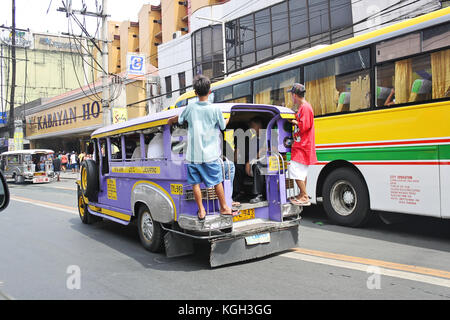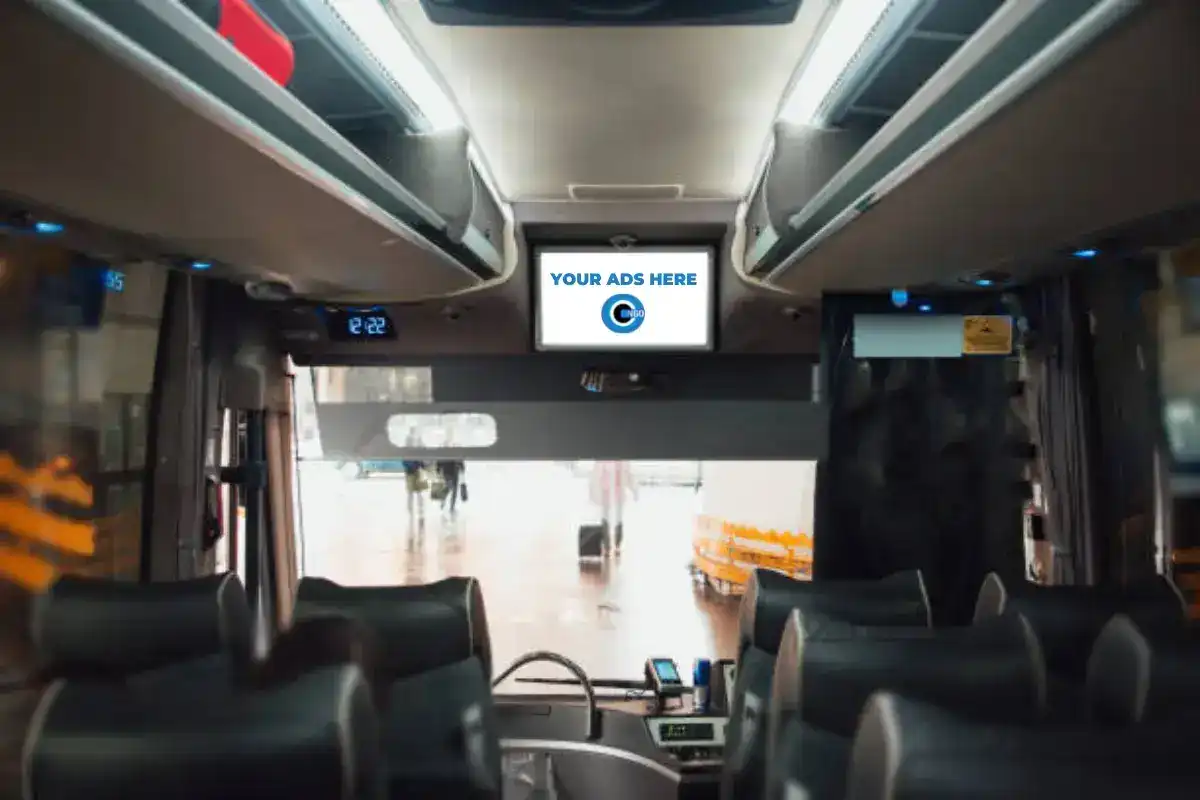Just How Transportation Marketing Can Transform Public Transportation Spaces Into Dynamic Marketing Platforms
Transit advertising holds considerable possibility to redefine public transportation rooms into vibrant advertising and marketing platforms that educate and engage. As we explore the multifaceted benefits and developing methods of transportation advertising and marketing, it elevates the inquiry of just how this transformation could redefine our communications with both brand names and the city environment.
Benefits of Transit Marketing

Additionally, transportation marketing is extremely affordable compared to traditional media. It allows advertisers to achieve high impacts at reduced expenses, maximizing return on financial investment. The captive audience of commuters gives a possibility for brands to share their messages to individuals who are often responsive throughout their travel times.
In addition, the vibrant nature of transit marketing allows projects to be updated frequently, ensuring that messaging continues to be appropriate and timely. This flexibility can be important in reacting to market patterns or promotional occasions, maintaining the brand top-of-mind for customers. Lastly, the prevalent visibility of transit marketing adds to brand recall; duplicated direct exposure within familiar traveling contexts reinforces brand name awareness and promotes customer loyalty, eventually driving sales and enhancing brand reputation.
Types of Transportation Advertising
Mass transit systems supply numerous formats for advertising and marketing, each dealing with various marketing techniques and audience interaction approaches. One prominent type is outside bus and train covers, which cover the whole vehicle and produce a mobile signboard result, permitting high visibility in urban atmospheres. These covers can capture attention as they pass through active streets, reaching a diverse audience.
An additional prominent format is indoor advertising and marketing, that includes posters, digital displays, and advertisements on transit seats. These placements involve travelers during their trip, strengthening brand messaging in a constrained area. Digital displays, in certain, use the advantage of vibrant material, enabling marketers to upgrade messages in real-time.
Station advertising and marketing is likewise significant, including posters, banners, and interactive booths within transit stations. These advertisements leverage foot traffic and can target specific demographics based upon place.
Finally, promotional collaborations with transit authorities can bring about distinct projects, such as themed transit experiences or occasions, enhancing the total interaction with travelers. Each type of transportation marketing supplies unique advantages, allowing brand names to tailor their strategy to successfully reach their target audience within the general public transportation ecological community.
Engaging Travelers Effectively
Travelers are progressively inundated with advertising and marketing messages during their daily travels, making it important for brands to engage them in cutting-edge methods. To capture interest in this crowded area, advertisers must focus on creative thinking and significance. Making use of distinctive visuals and succinct messaging can significantly enhance the chance of involvement.
Interactive aspects, such as QR codes or augmented fact functions, can likewise transform fixed advertisements into immersive experiences, fostering a much deeper connection with the target market. Brand names should focus on attending to commuters' demands and rate of interests, customizing messages to resonate with their way of living, whether via promotions for local companies or services designed to improve their commuting experience.
In addition, timing plays an important function; purposefully placing ads during optimal travelling hours can make the most of exposure and influence. Engaging commuters successfully also entails leveraging social media sites combination, permitting passengers to share their experiences or promos straight from transit systems, thereby enhancing brand name reach.
Essentially, effective interaction pivots on recognizing the traveler trip and developing compelling, interactive, and pertinent advertising and marketing experiences that not just catch interest however also drive action and commitment. By doing so, brand names can change public transportation into a dynamic advertising and marketing system that resonates with its audience.

Measuring Advertising Impact
How can brand names precisely evaluate the efficiency of their advertising projects in transportation atmospheres? Measuring the impact of transportation marketing needs a multifaceted approach that incorporates measurable and qualitative metrics. One common technique is tracking engagement through mobile analytics, where brands can assess foot website traffic patterns and app interactions previously, during, and after campaigns.
Studies can provide beneficial understandings into brand name recall and consumer belief, allowing brand names to gauge just how well their messages reverberate with commuters. Furthermore, monitoring social media sites engagement related to details campaigns can expose shifts in public perception and brand discussion.

Additionally, collaborating with transportation agencies can enhance measurement accuracy, as they frequently possess thorough demographic information on ridership fads. By incorporating these techniques, brand names can establish a comprehensive understanding of their advertising and marketing efficiency, making sure that their campaigns not just reach but also impact their target audiences efficiently.
Future Fads in Transportation Advertising And Marketing
A considerable shift is expected in transportation advertising and marketing as technological developments and transforming consumer actions improve the landscape. Transit Advertising Philippines. The assimilation of interactive media and electronic screens is anticipated to improve involvement, allowing brand names to supply dynamic material that resonates with varied target markets. As mass transit systems embrace clever technology, marketers will take advantage of real-time data analytics to tailor messages based on guest demographics and behaviors
Moreover, enhanced reality (AR) is positioned to transform the way commuters connect with promotions. By providing immersive experiences, AR can change an ordinary journey into an interesting story that captures focus and promotes brand name commitment. This innovation will likely encourage marketers to develop even more experiential campaigns that drive consumer communication.
Sustainability is an additional critical trend affecting transit advertising. As ecological consciousness expands, brands will significantly seek to straighten with environment-friendly practices, making use of sustainable products and advertising eco-friendly campaigns within their campaigns.
Verdict
To conclude, visit this web-site transportation marketing supplies considerable benefits by enhancing brand name visibility and engaging a captive target market. Via different formats, such as outside wraps and digital screens, it transforms public transport into a vibrant advertising and marketing system. Efficient interaction strategies and robust measurement methods even more enhance its influence. As trends this contact form advance, the possibility for ingenious communications between commuters and brands is positioned to grow, ensuring that transit advertising and marketing remains a vital component of modern advertising and marketing techniques.
Transportation advertising and marketing holds substantial capacity to redefine public transport spaces into lively marketing platforms that inform and engage. The prevalent presence of transportation advertising and marketing contributes to brand recall; repeated exposure he has a good point within familiar travel contexts strengthens brand name awareness and promotes customer commitment, ultimately driving sales and boosting brand name online reputation.
Just how can brands precisely analyze the efficiency of their advertising campaigns in transit settings?In conclusion, transit marketing uses significant advantages by improving brand visibility and involving a captive target market. Transit Advertising Philippines. As trends advance, the capacity for innovative communications between commuters and brand names is poised to expand, guaranteeing that transportation marketing remains an important part of contemporary advertising and marketing methods